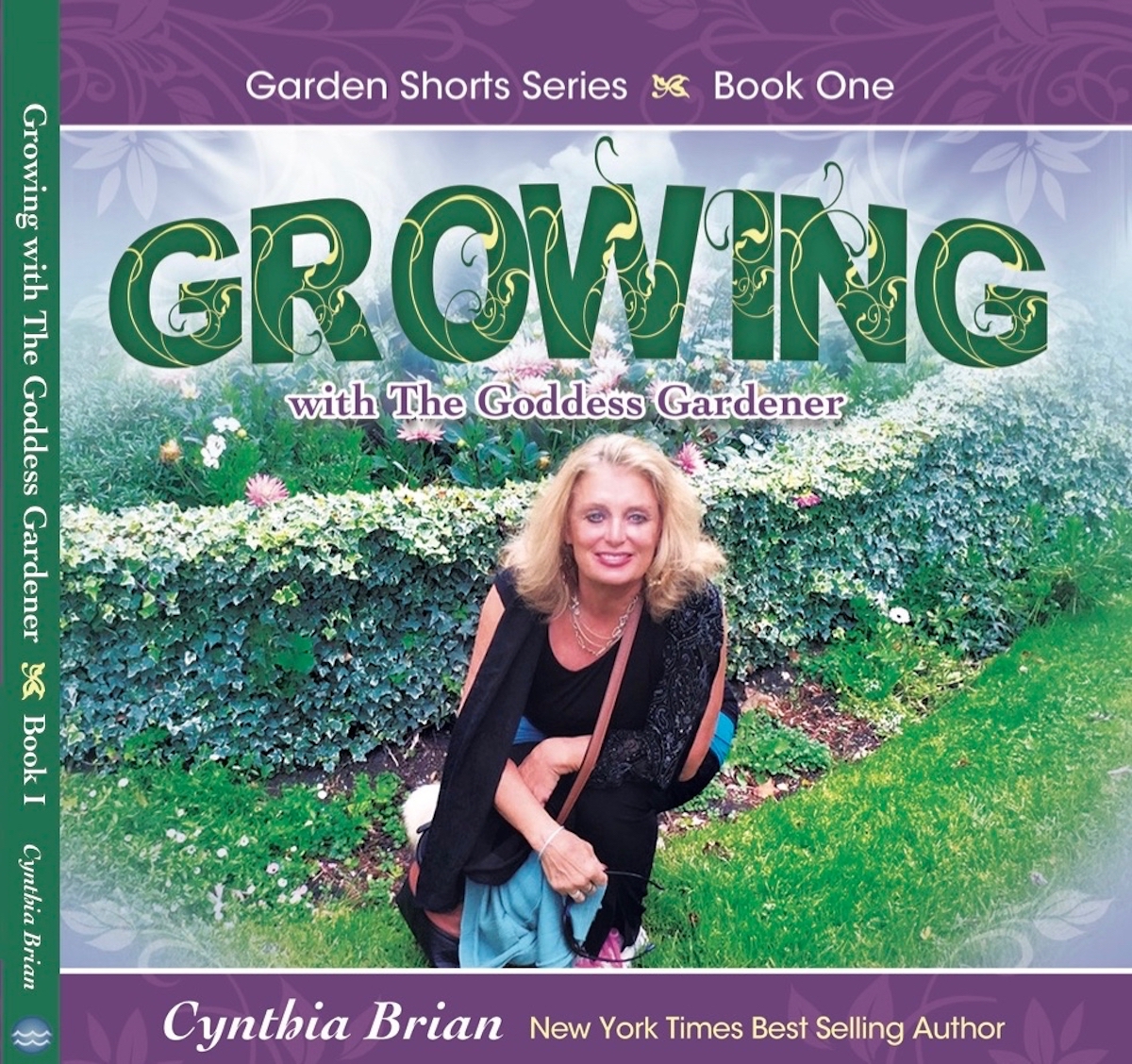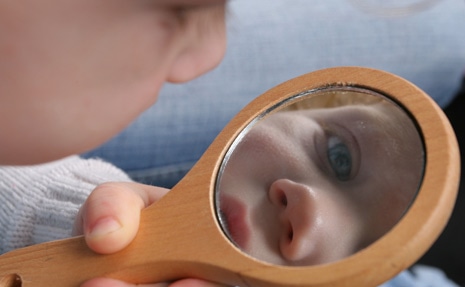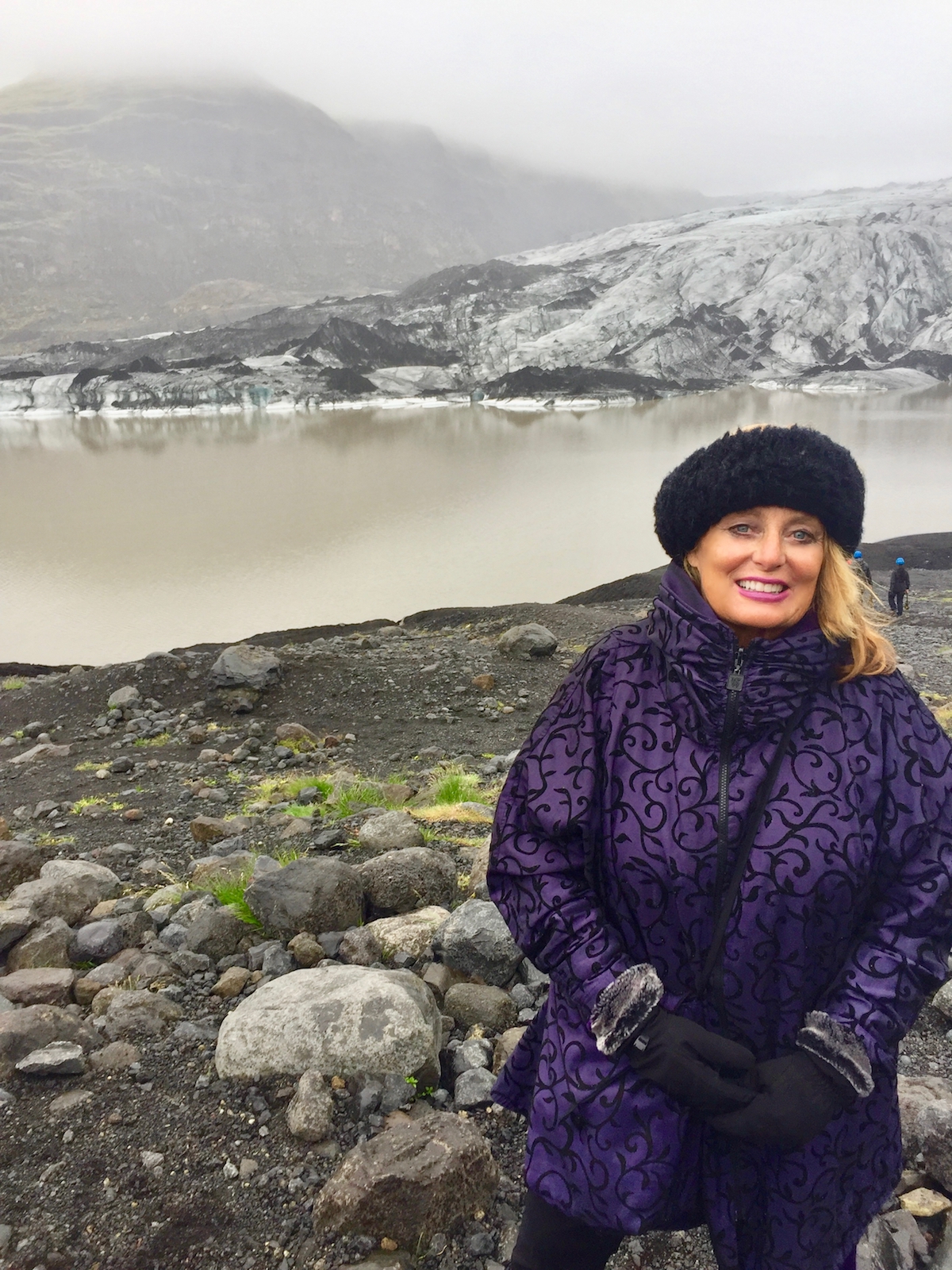
“All journeys have secret destinations
of which the traveler is unaware.”
~Martin Buber
Volcanoes, glaciers, highlands, prairies, lava flows, fire, ice. Nature untouched and untamed.
Iceland.
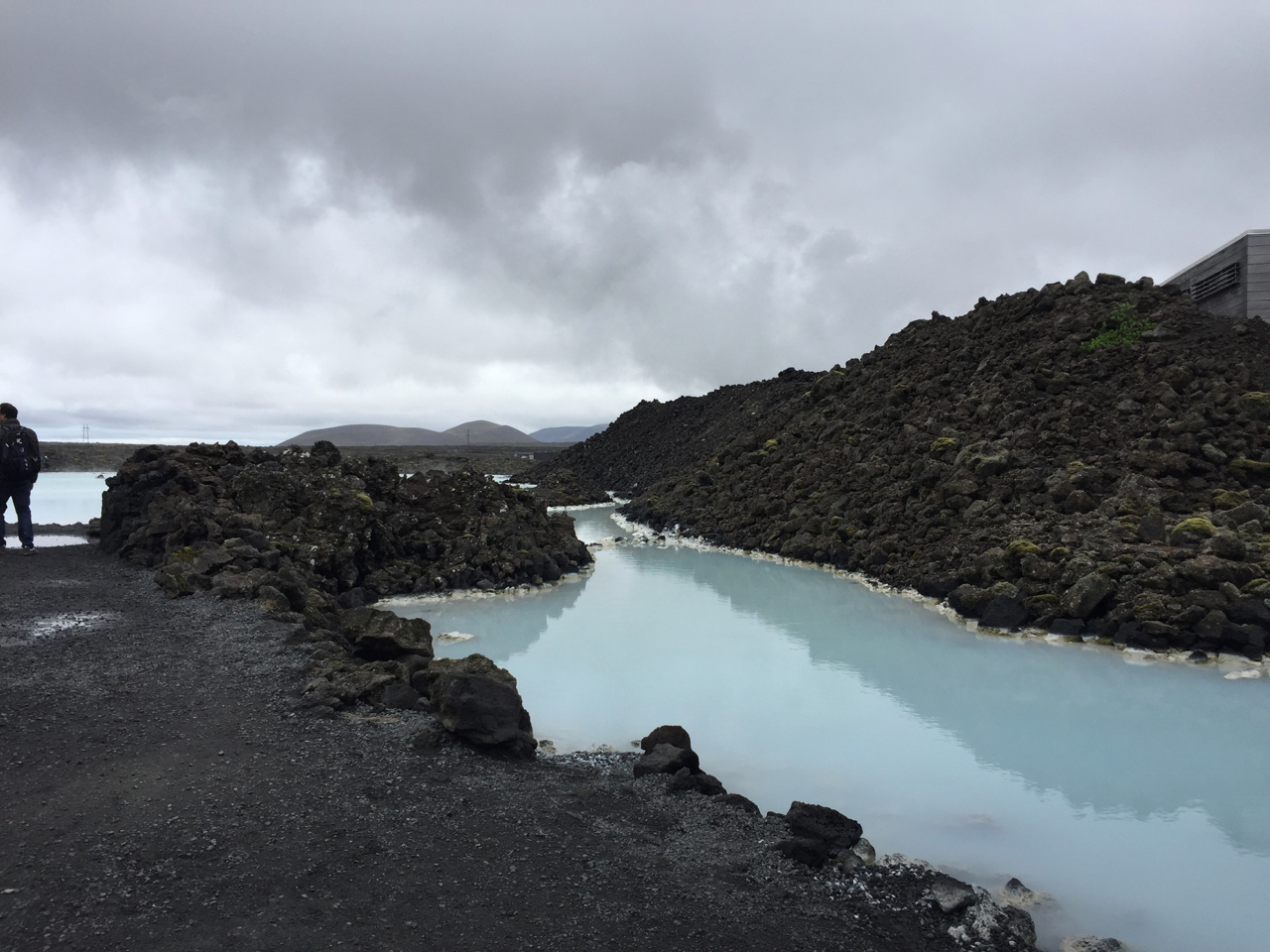
Resting on the boundary where the North American and Eurasian Tectonic plates meet, Iceland is a country of intense volcanic eruptions, boiling hot springs, rushing rivers, venting steam, spouting geysers, powerful waterfalls, ice caves, aqua blue lagoons, northern lights, and minimal sunshine. With a population of only 338,378 and a median age of 38, most people live in the capital of Reykjavik. Iceland, a country of fierce contrasts, is geared for the rugged and the youthful.
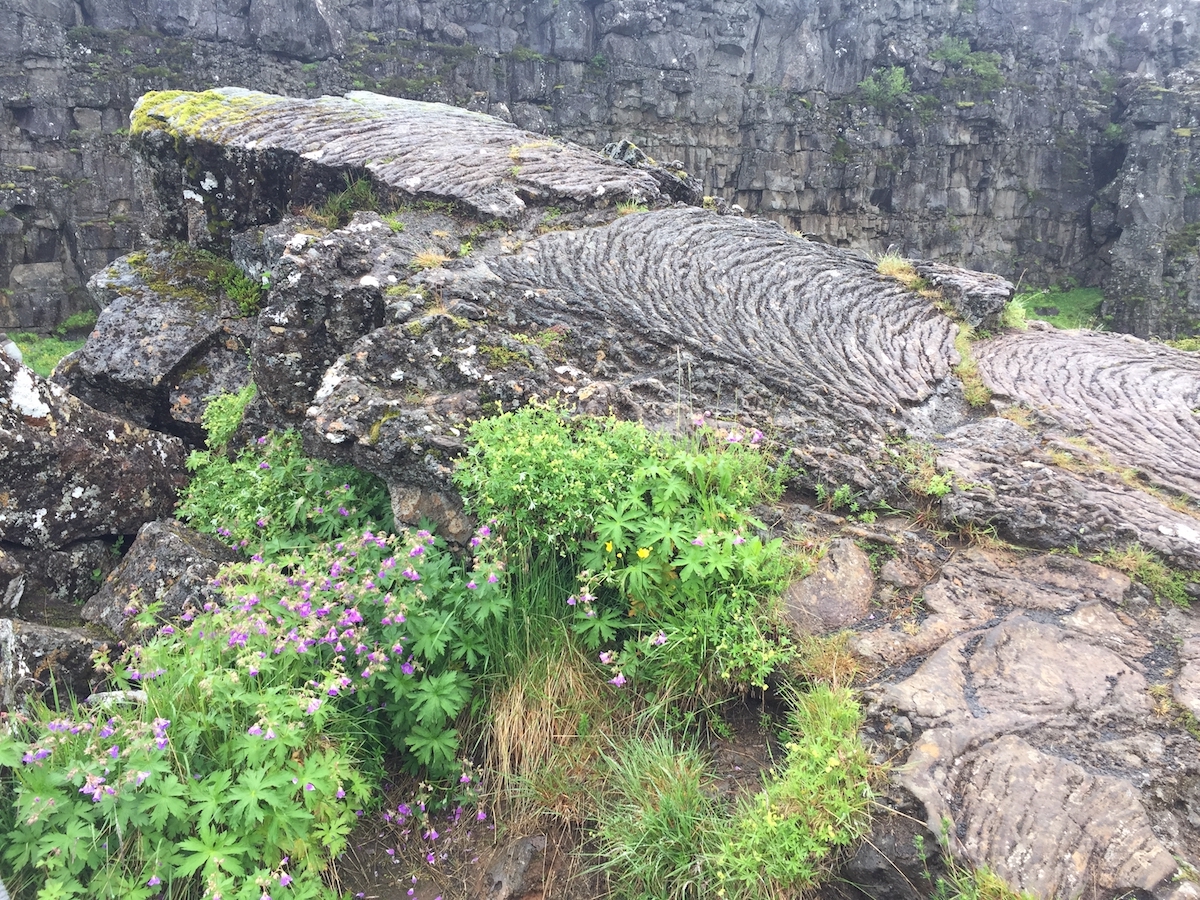
I visited this wild, wild country recently during the season of “the midnight sun”” when darkness never comes and sleep is elusive. Twilight reigned supreme allowing for plenty of exploring and hiking adventures. Summer in Iceland was freezing cold with unpredictable blustery North Atlantic weather, gray skies, menacing clouds, bone-chilling rain, and gusty winds. Sunshine in any minimal amount was not on the agenda. My daily wardrobe included gloves, faux fur hat, layers of clothing, double mufflers, boots, and a warm raincoat. Naturally, a bathing suit was always packed in my bag for that daily dip in a “secret” hot springs lagoon where the natives and visitors come to warm up.
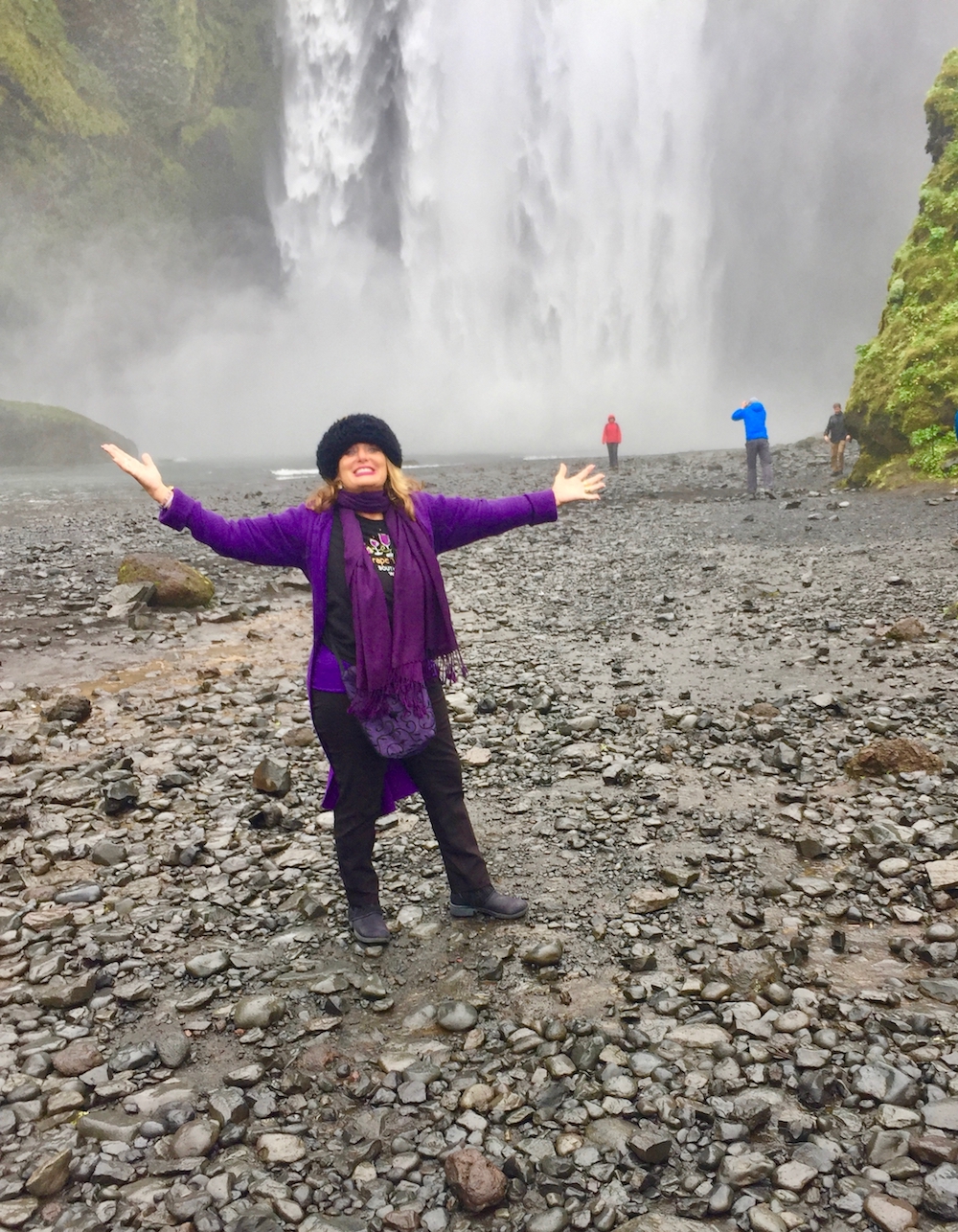
As a traveler who dives into the culture of a nation, I wanted to indulge in the Icelandic cuisine. To supply fresh vegetables, hothouses operate year round using geothermal energy providing tasty and nutritious veggies to augment a diet of fish and meat. Dining out is expensive. The average price for a green salad was thirty dollars. Everything I ordered at authentic local restaurants was unique and delicious with the exception of fermented shark which was the most disgusting, foul smelling, horrid tasting item I’ve ever experienced. I spent a full day sick to my stomach after just a few nauseating bites, yet this is considered an Icelandic winter staple.
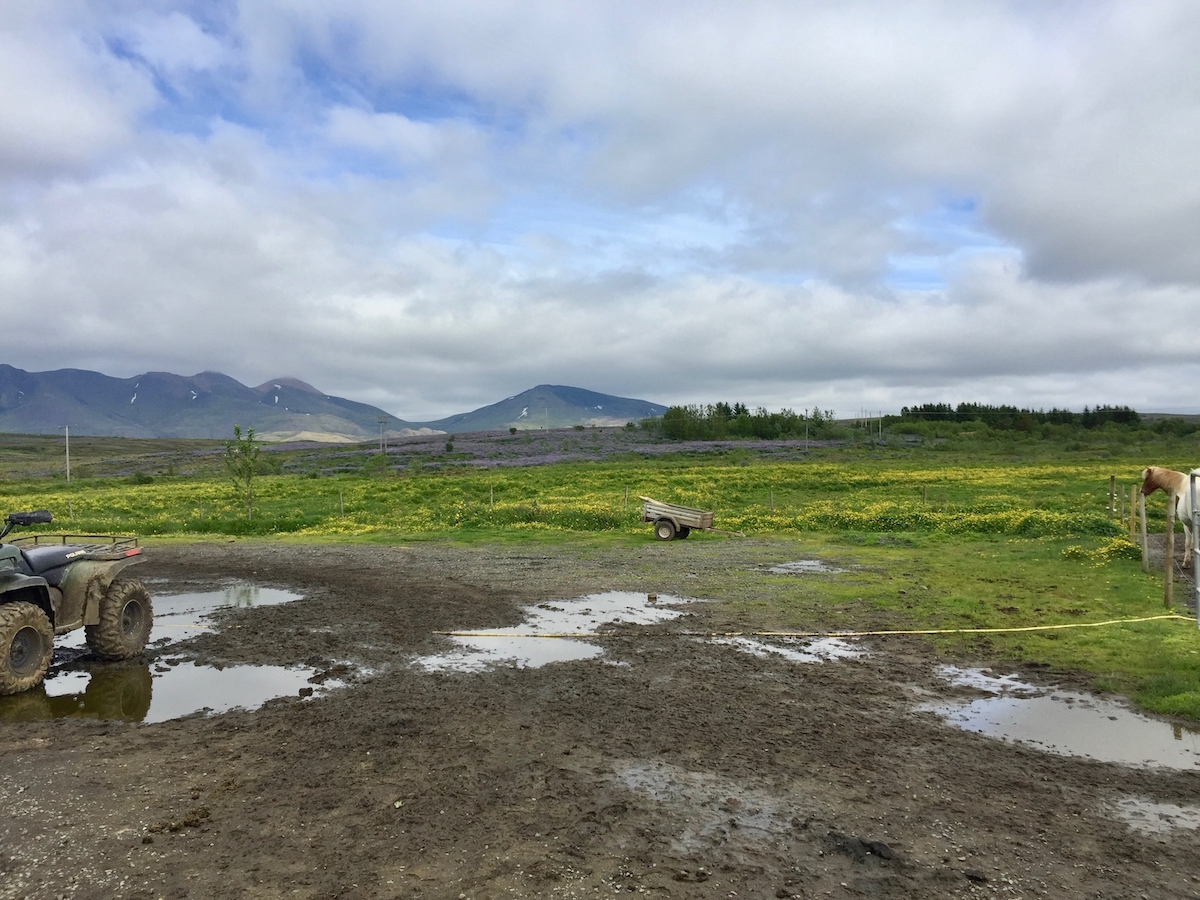
What interested me most was the ever-changing unique landscape on this small isle bordering the Arctic Circle. I was mesmerized by the plethora of wildflowers, grasses, and moss carpeting the island. Flowers sprouted in the cracks of lava flows, spilled down the sides of volcanoes, and grew on the edges of the glaciers. While riding Icelandic horses ( a small sturdy breed endemic to Iceland only) through the countryside, miles and miles of blue lupines filled the fields as far as the eye could see. In the 1950s seeds from Alaskan lupines were scattered in a few regions of Iceland to help with erosion and soil improvement. They have now naturalized, much to the delight of visitors and the chagrin of the populace who have denoted lupines as invasive weeds that crowd out indigenous plants and stunt the growth of hungry sheep. Acres of buttercups, wild perennial sweet pea, angelica, mustard, hawkweed, lady smock, Arctic sea rocket, meadowsweet, wild strawberry, gentian, Lady’s mantle, marsh marigold, cornflower, yarrow, violets, and Iceland poppy hugged the ground. The dandelions grew to almost two feet tall and are harvested as a nourishing edible. Lichen and moss covered the fields of lava. The treasured Icelandic moss is said to be so delicate that a single footprint will take a hundred years to regenerate. 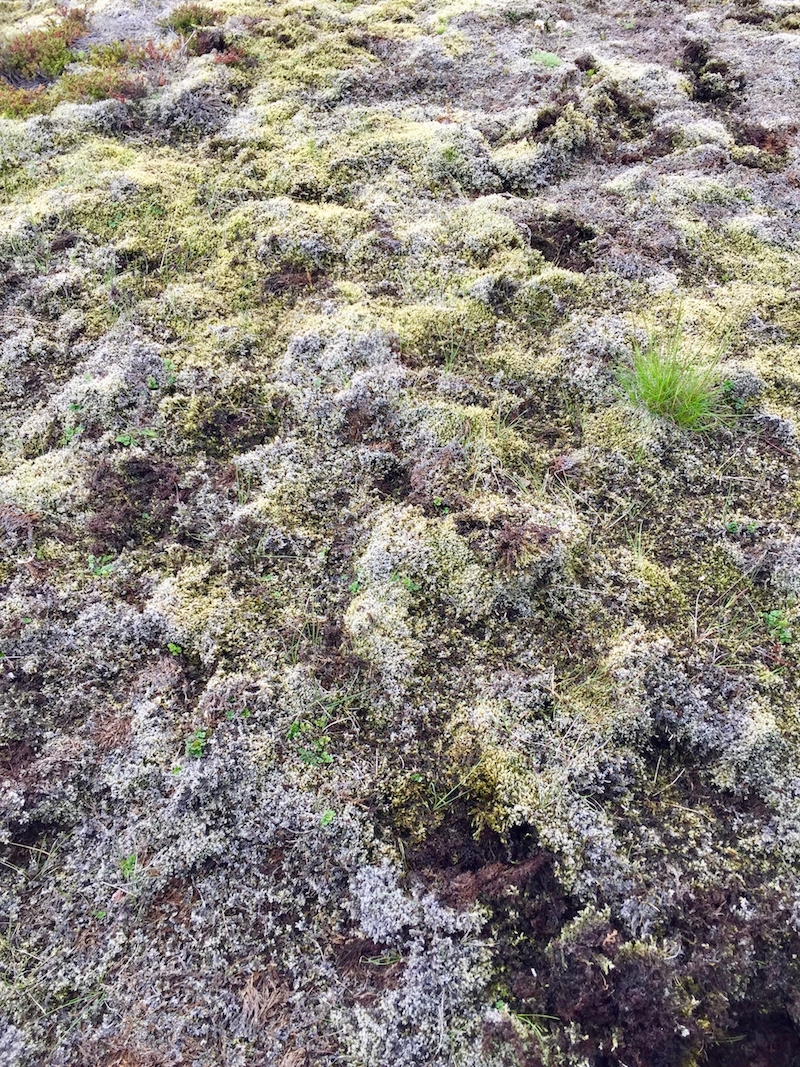
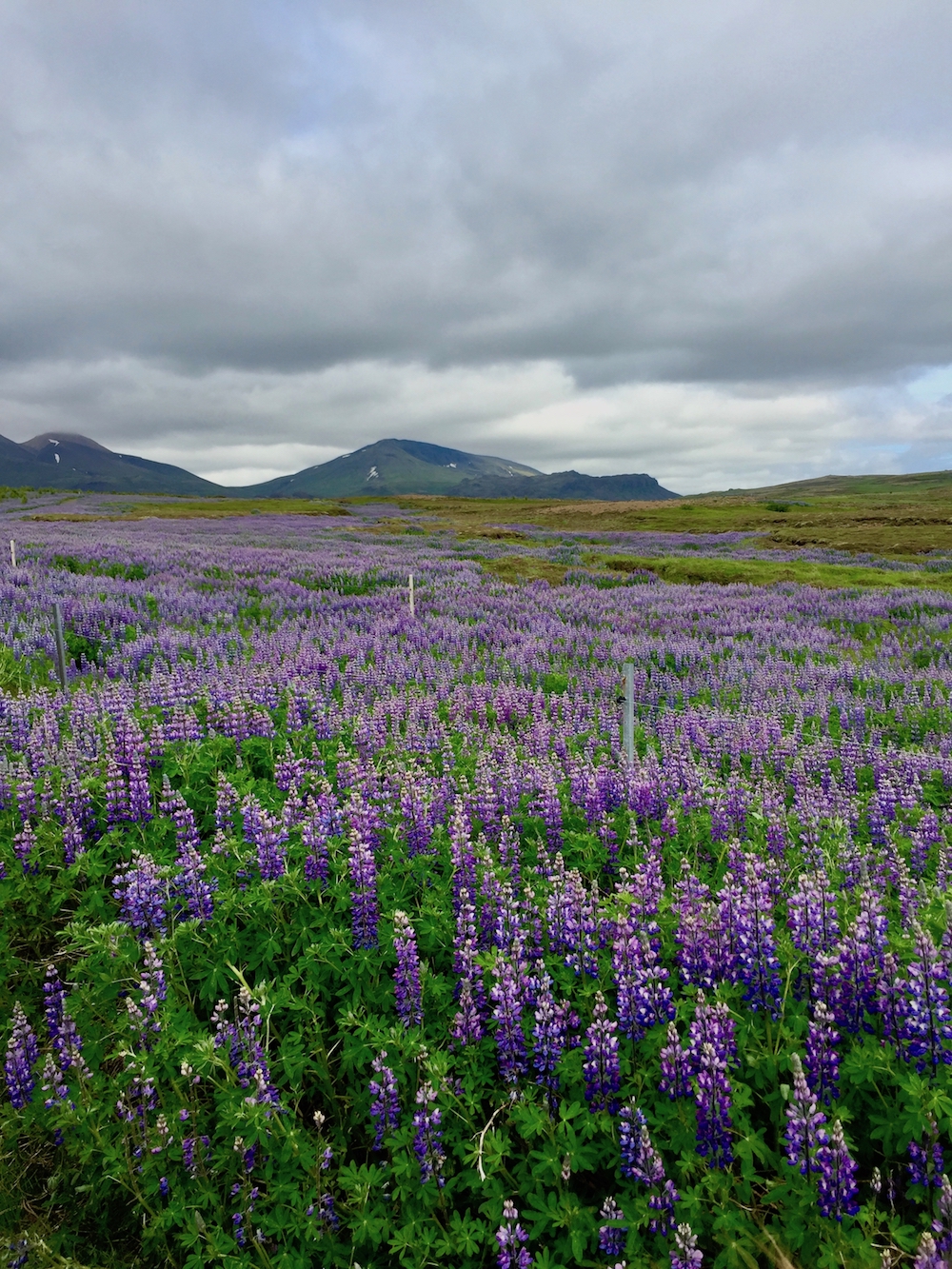
Autumn is an auspicious time to sow wildflower seeds in America. What makes a flower a wildflower? Basically, wildflowers grow happily without any human cultivation. they live and thrive within an interactive plant community. Many wildflowers are native to a certain region and when they freely reproduce in another area, they have naturalized.
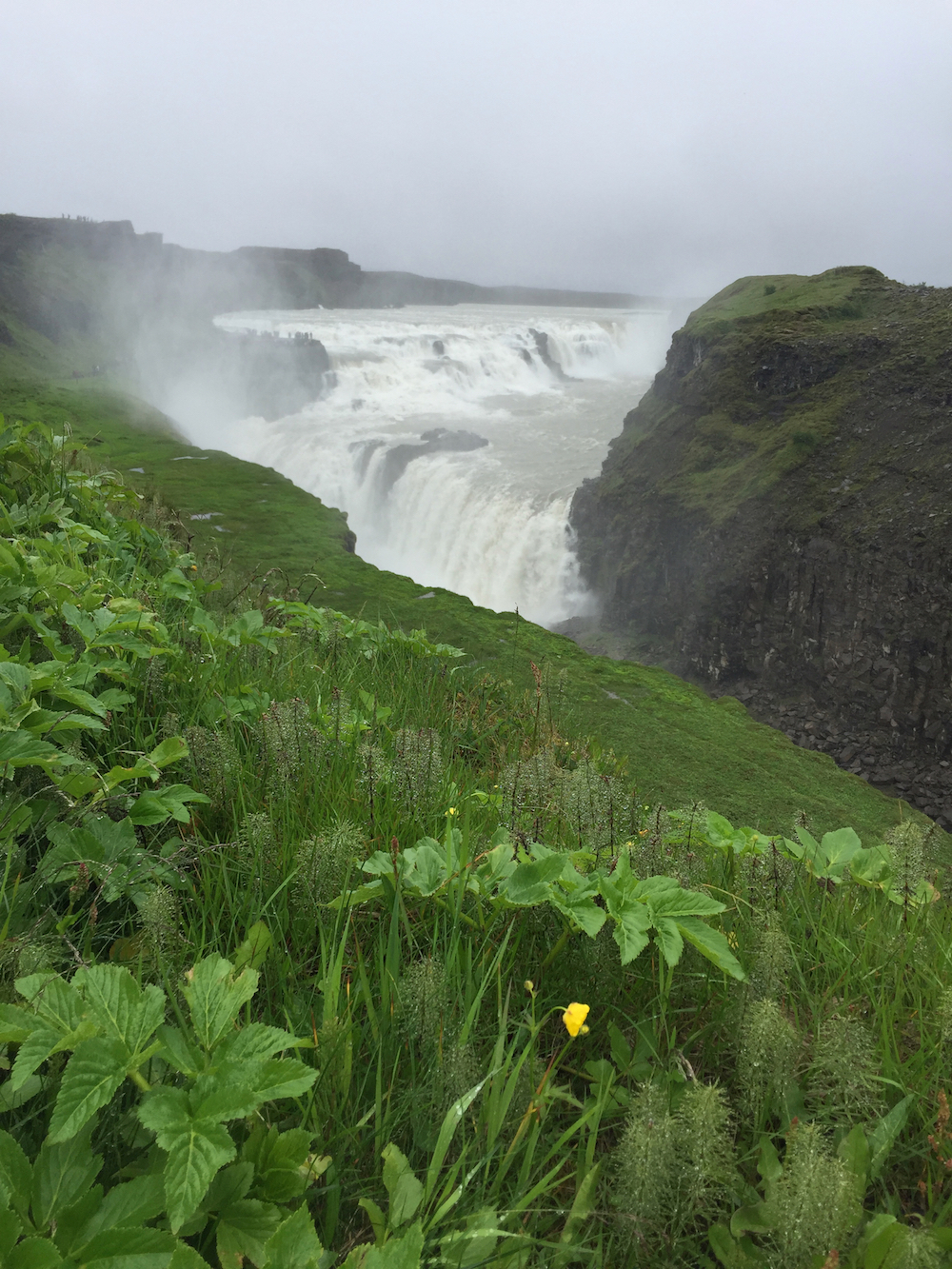
If you’d like to introduce wildflowers into your landscape, decide on the species you want and buy seeds from a trusted company. Make sure the plants are not an invasive species. (You can always check the USDA plant database at https://plants.usda.gov/java/)
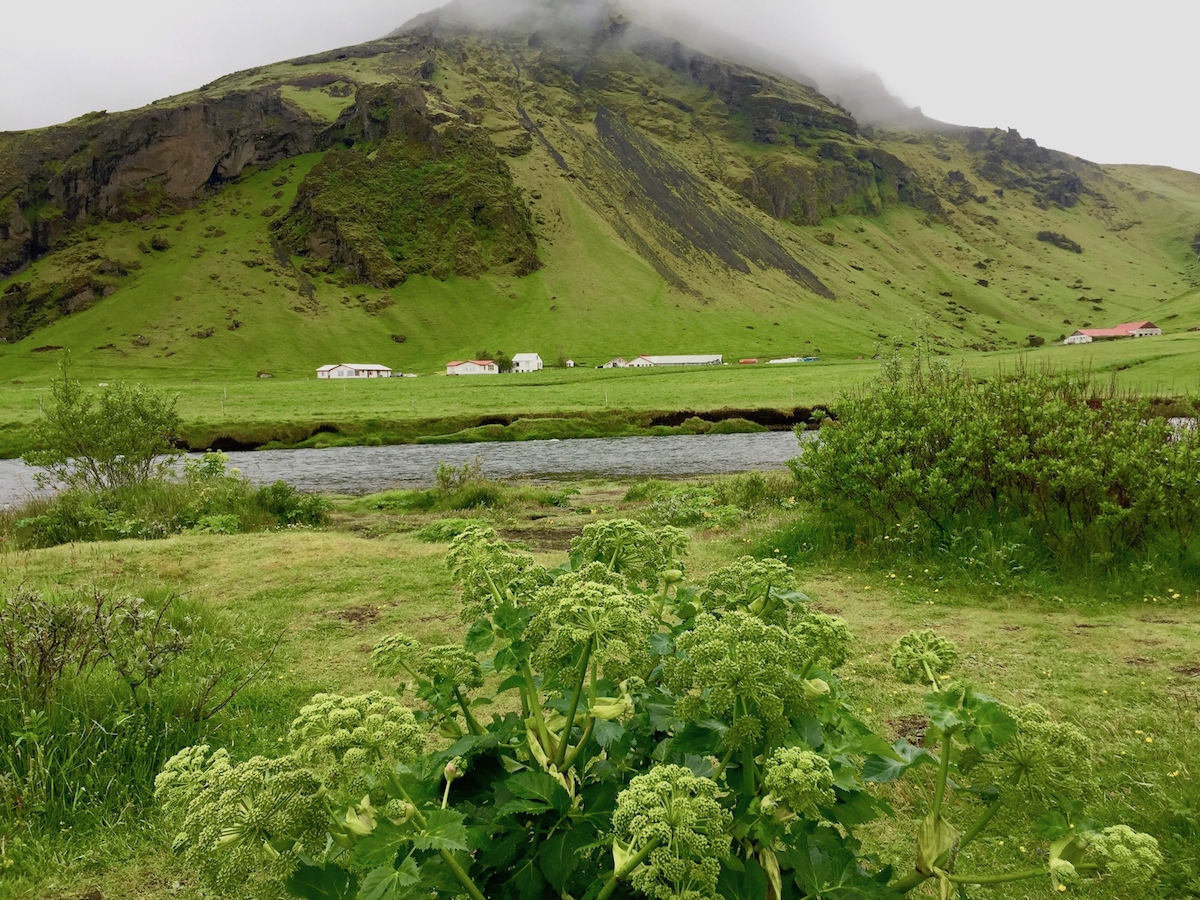
Sow seeds directly into the ground or into containers. Make sure seeds are protected from winter chills and marauding birds.
Here’s my list of beautiful wildflowers that will easily domesticate:
Blackeyed Susans (Rudbeckia)
Bluebells (Mertensia virginica)
Buttercups
California Poppy
Columbine (Aquilegia)
Coneflowers (Echinacea)
Coreopsis
Lupines
Mustard
Penstemons
Wild perennial sweet pea
Yarrow
If flowers can flourish in the extreme climate of Iceland, they will go wild in our temperate gardens. Create secret destinations that are born to be wild!
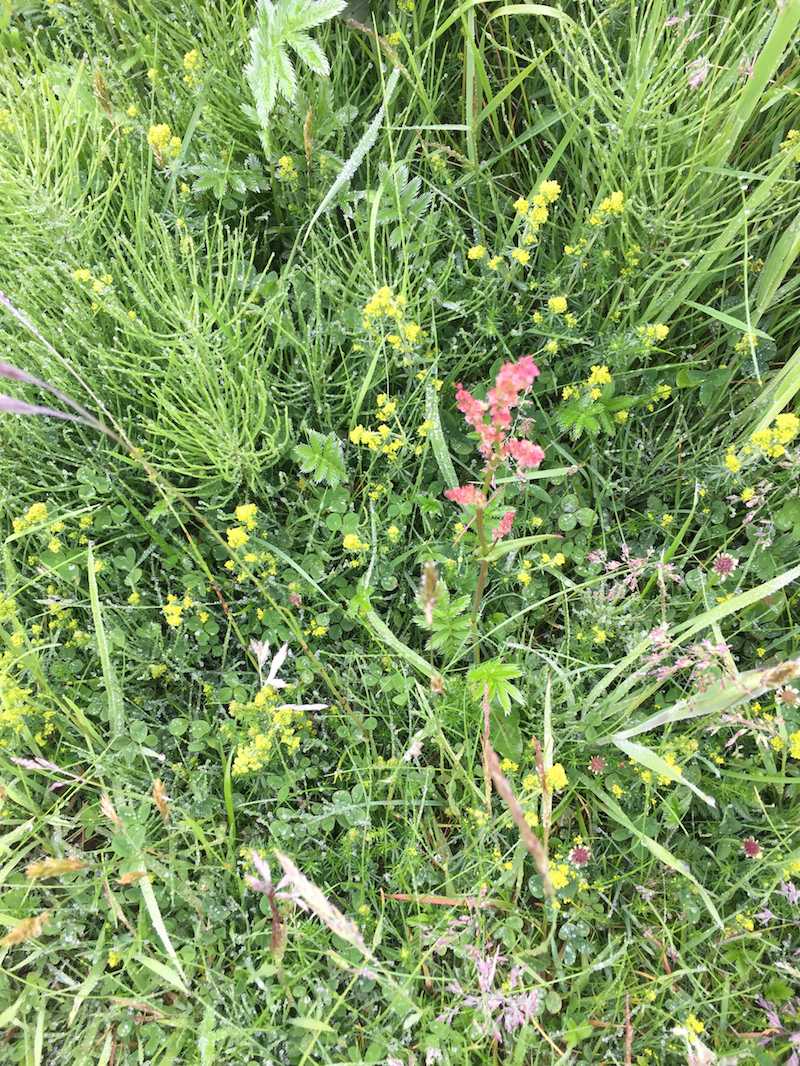
“Wild thing.
You make my heart sing.
You make everything.
Groovy!
Wild Thing
I think I love you.” The Troggs

Happy Gardening. Happy Growing.
Read more: https://www.lamorindaweekly.com/archive/issue1216/Cynthia-Brians-Gardening-Guide-for-October-Born-to-be-wild.html
Cynthia Brian
Cynthia Brian, The Goddess Gardener, raised in the vineyards of Napa County, is a New York Times best-selling author, actor, radio personality, speaker, media and writing coach as well as the Founder and Executive Director of Be the Star You Are1® 501 c3.
Tune into Cynthia’s Radio show and order her books at www.StarStyleRadio.com.
Buy a copy of her new books, Growing with the Goddess Gardener and Be the Star You Are! Millennials to Boomers at www.cynthiabrian.com/online-store.
Available for hire for projects and lectures.
Cynthia@GoddessGardener.com
